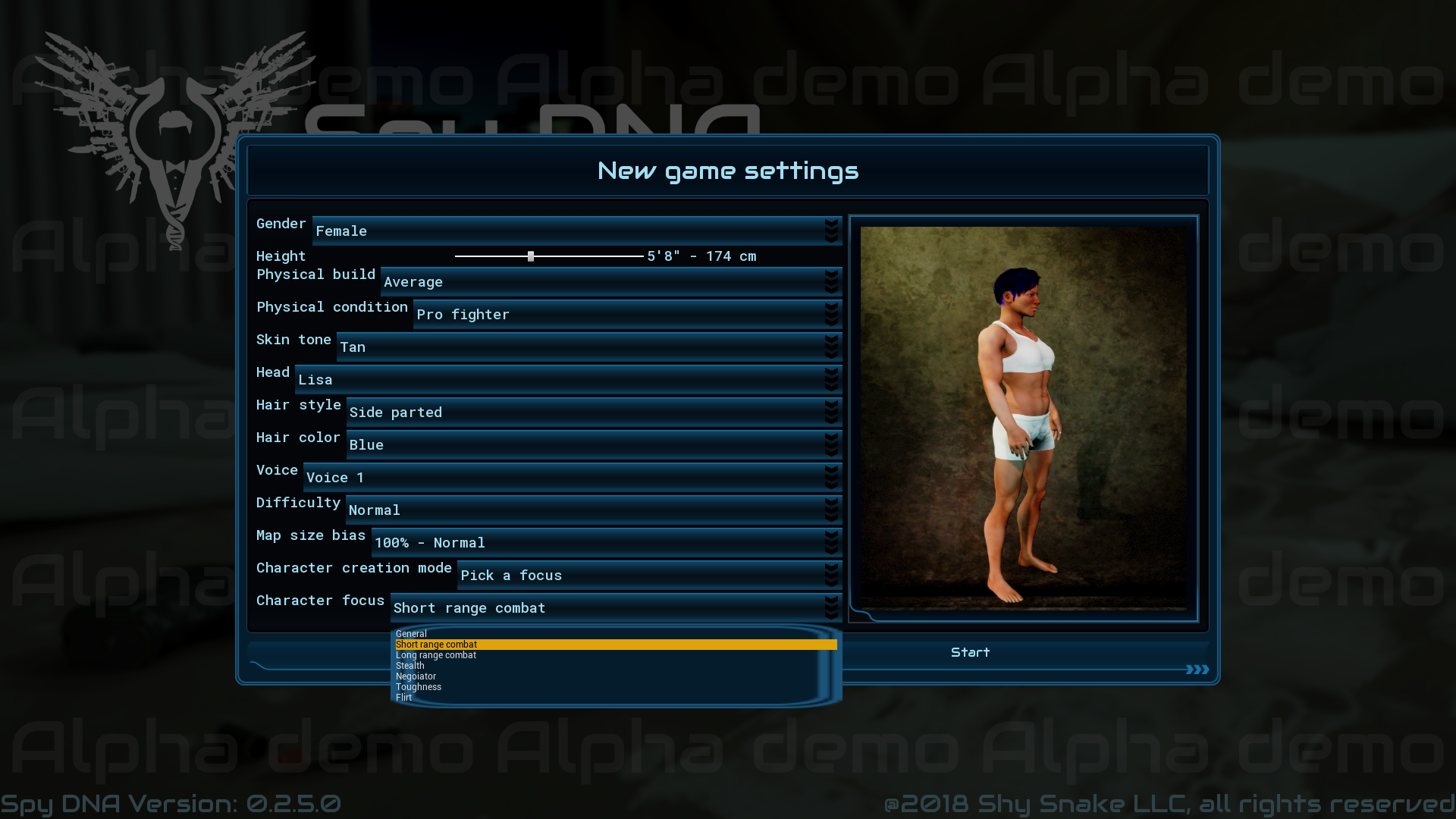Stealth missions usually revolve around you not being noticed or identified as trespasser by the civilian NPCs around you, but what happens if they do?
He’s ready.
A regular civilian NPC such as a researcher, office worker, or even a building night guard would pose absolutely no challenge to a Spy DNA agent, which would make missions boring. To help up the ante a bit, we’ve added the police.
The “police” NPCs will have a non-zero “combat tactics” skill, and depending on their experience level they’ll have other relevant skills, such as Pistols or Observation, to name a couple. This will make them more formidable opponents than your typical night guard. They will also arrive at the scene expecting trouble and will definitely carry weapons.
“You’re under arrest!”
When civilian NPCs see something that we’ve defined as crime (picking a lock, using specific items, being in restricted areas, etc.) or if they see something that would hint at criminal activity (an unconscious body for example), they won’t go after the perpetrators or investigate the crime themselves, they’ll call the cops instead.
When the NPC “calls the cops” we start a countdown until the police units are spawned on the map. How soon they arrive depends on how remote an area is, among other things.
We’re playing super-spies, so when the Police Dispatcher activates the response units, your character will pick that up on their police scanner. The dispatcher will state how far out the response units are at regular intervals, to give you an idea of how urgently you need to get your character out of the area.
On stealth missions, getting arrested by the police will result in mission failure, as will shooting any civilians, so our heroes should ideally clear out before the law enforcement officers show up.





